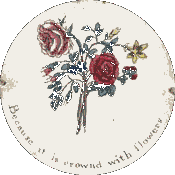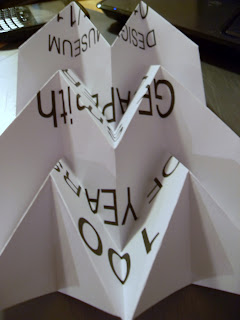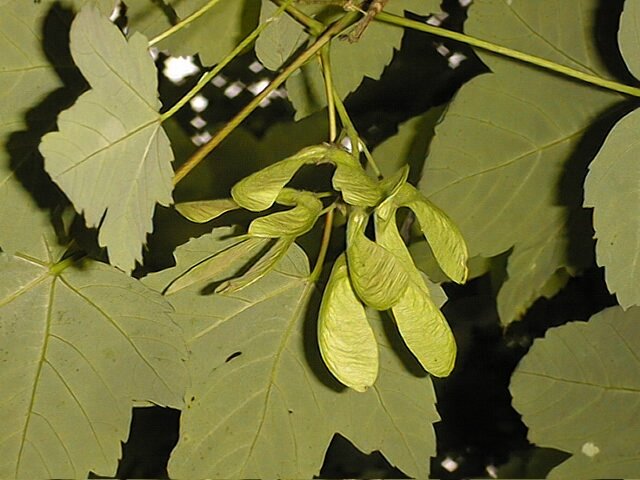Stop motion is an animation technique to make a object appear to move on its own. The object is moved in small increments and individually photographed, these are frames, when the frames are played as a continuous sequence it creates a illusion of movement.
Today I had my first animation lesson, this was a workshop on using i stop motion pro. We where given some toys, a camera and a mac, using these and the programme we had to create a short animation. We had to input all the key movements into the computer using the camera and when put together the programme would run it in a fluid motion.
The first animation is believed to be, (and is in the Guinness world record book as) Albert E. Smith and J. Stuart Blackton's The Humpty Dumpty Circus 1898, in which a toy circus of acrobats and animals comes to life, this film however has been lost.
More recent stop motion animations;
The Nightmare Before Christmas, directed by Henry Selick and produced by Tim Burton was one of the more widely-released stop motion features.
Henry Selick also went on to create James and the Giant Peach and Coraline,
Tim Burton went on to direct Corpse Bride.
Nick Park, found fame in clay animation and created the characters Wallace and Grommit. his first feature length film grossed $100 million!!
Stop Motion Aanimations I've Found And Like!
A guy recreated a scene from Greece using Lego for his dissertation.
I have included this sand animation because I could see myself using sand in may animation.
Cell Animation.
I decided for my character to do a little girl as I want to use a girl in my animation, and its supposed to show youth.
I partnered with a girl who's character was a teddy bear, so for our cell animation we chose to do a teddy bears picnic for our 2 seconds.
First the little girl is on her own.
Then the teddy bear comes to join her.
She pours him a drink and they sit and have tea together.





































































